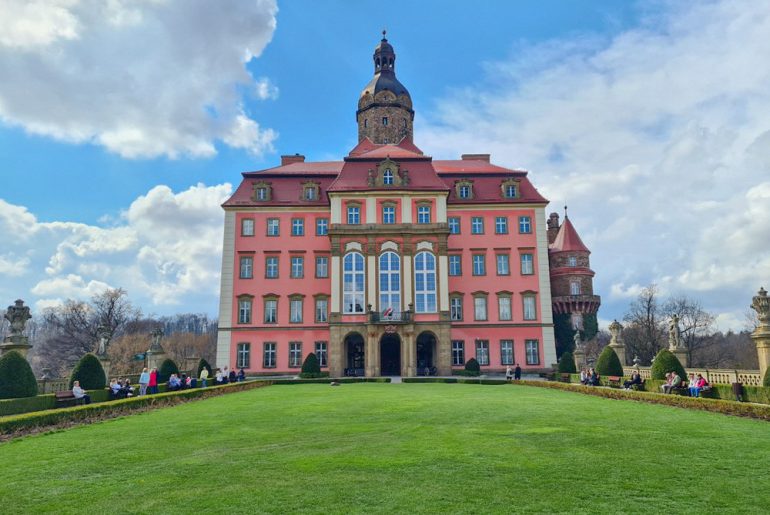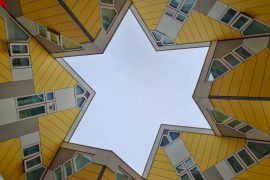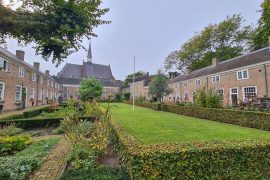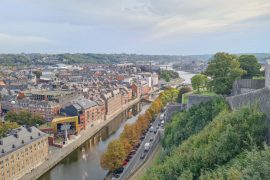Last Updated on 21.05.2023 by Iliyan
Ksiaz Castle is the largest castle in the region of Silesia, and it is the third-largest in Poland behind Malbork Castle and Wawel Castle. This impressive building is famous with its history, diverse architecture and stunning location, in the heart of the Ksiaz Landscape Park. Over the centuries, the castle has been destroyed and rebuilt many times, as it has had many owners, but one family has had the greatest influence on its present appearance – Hochberg. The history of this castle with fascinating secrets from the World War II makes this place a must see for every tourist in Poland.
Contents
How to Get to Ksiaz Castle from Wroclaw?
The best way to get to Ksiaz Castle from Wroclaw is by train to the town of Walbrzych, located in the Lower Silesian Voivodeship. The journey takes approximately an hour, and a single ticket costs 20 PLN. The closest train station is Wałbrzych Szczawienko, just 4 km. away from the castle, but I recommend to get off on Wałbrzych Miasto. From here, you can take a local bus number 8 up to the castle. The bus station is on the other side of Armii Krajowej Str. at the Armii Krajowej – Dworzec Miasto. Make sure that the final stop is Jezdziecka- Zamek Ksiaz, because not all buses stop near the Ksiaz Castle.
If you decide to get off on Wałbrzych Szczawienko train station you can catch both buses 9 or 12. The buses stop at Wroclawska-Szczawienko station, almost opposite the Walbrych Palm House (Palmiarnia). From there to the castle is about 2 km.
Ticket Price Ksiaz Castle
The ticket prices vary depending on what you would like to see. You can either visit individual attractions or choose an all day ticket. The full package costs 85 PLN and includes the castle, underground, Palm House, the stables, and mausoleum. We chose package with an audio self guided tour of the castle and the Palm House, and a guided tour of the Underground. The price of this tour is 75 PLN. More information you can find here.
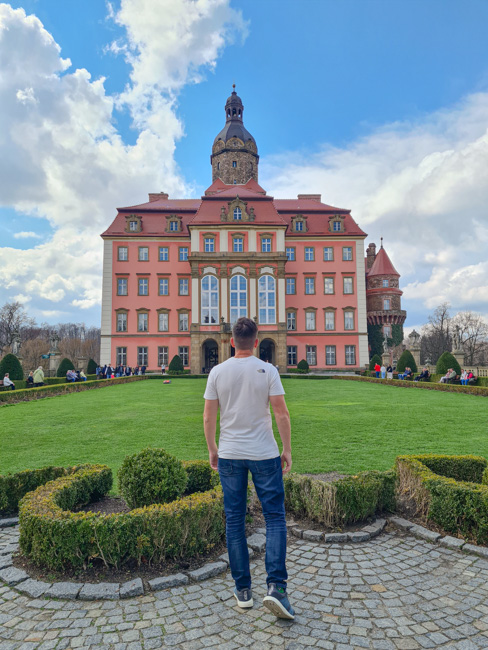
Ksiaz Castle (Zamek Książ)
The original castle at Książ was built in the 13th century by Bolko I, Duke of Świdnica and Jawor. In the 14th century, it came to be owned by knightly families. In 1509 the castle was sold to the knight Konrad I von Hoberg for an undisclosed sum. From 1509 until its confiscation by the Nazis in 1941, the Hochberg’s family expanded the castle and significantly contributed to its grandeur. Under the Hochberg’s family rule, the castle was transformed from a defensive structure to one of the most beautiful residences in this part of Europe. In the 17th century, the walls of the castle were demolished, and terraced gardens appeared in their place.
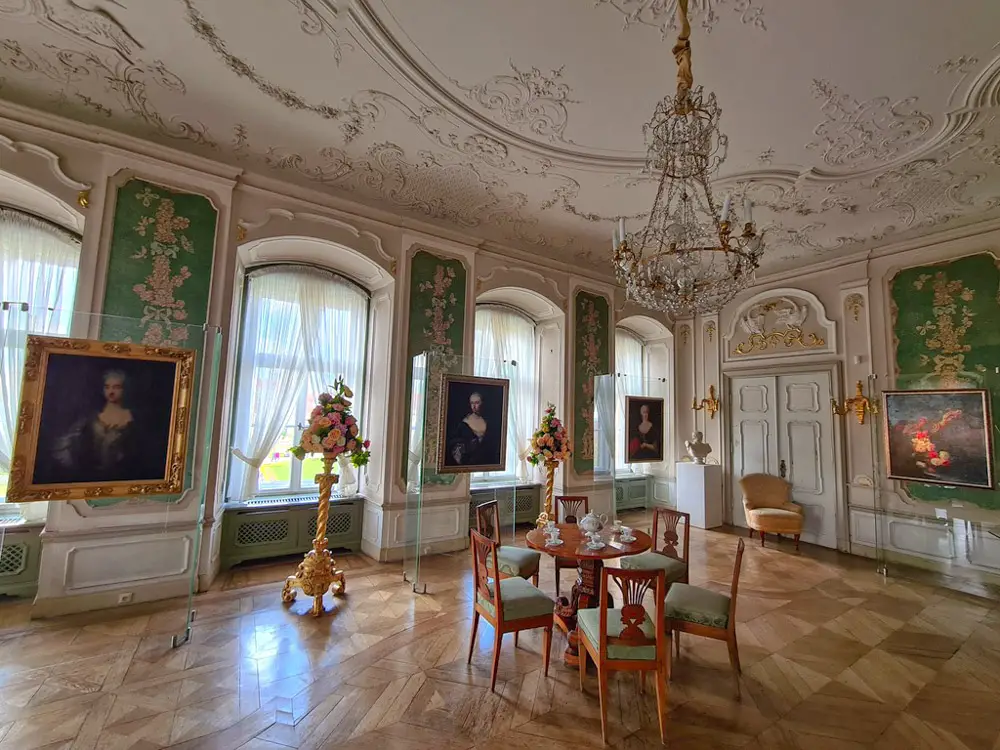
In the 18th century, during the Baroque reconstruction, the front part of the castle was rebuilt and the most magnificent room, the Maximilian Hall, was created. It is decorated in the style inspired by the imperial architecture of the Habsburg capital Vienna. The walls of the hall are articulated with twelve composite pilasters symbolising the twelve months of the year, while their capitals are decorated with the corresponding zodiac signs.
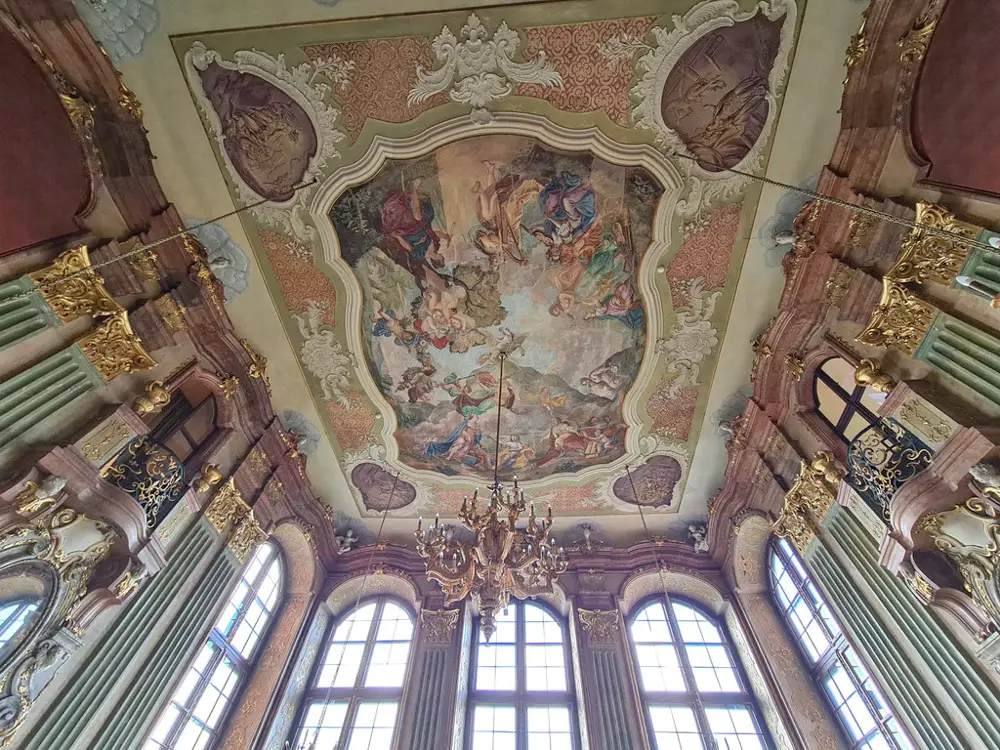
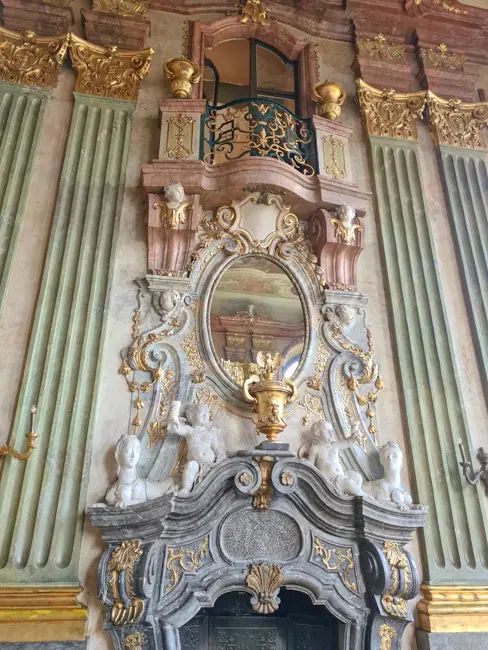
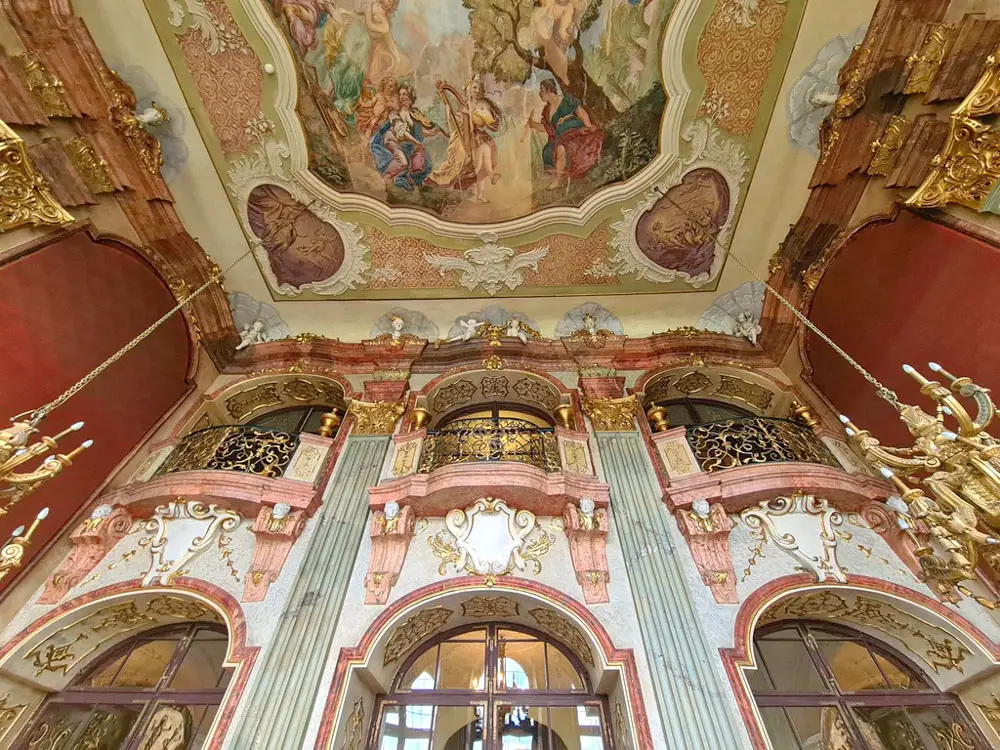
The First World War and the followed economic crisis were extremely unfavourable for the castle. The Hochbergs’ personal problems did not allow for the rebuilding project started by Hans Heinrich XV to be completed.
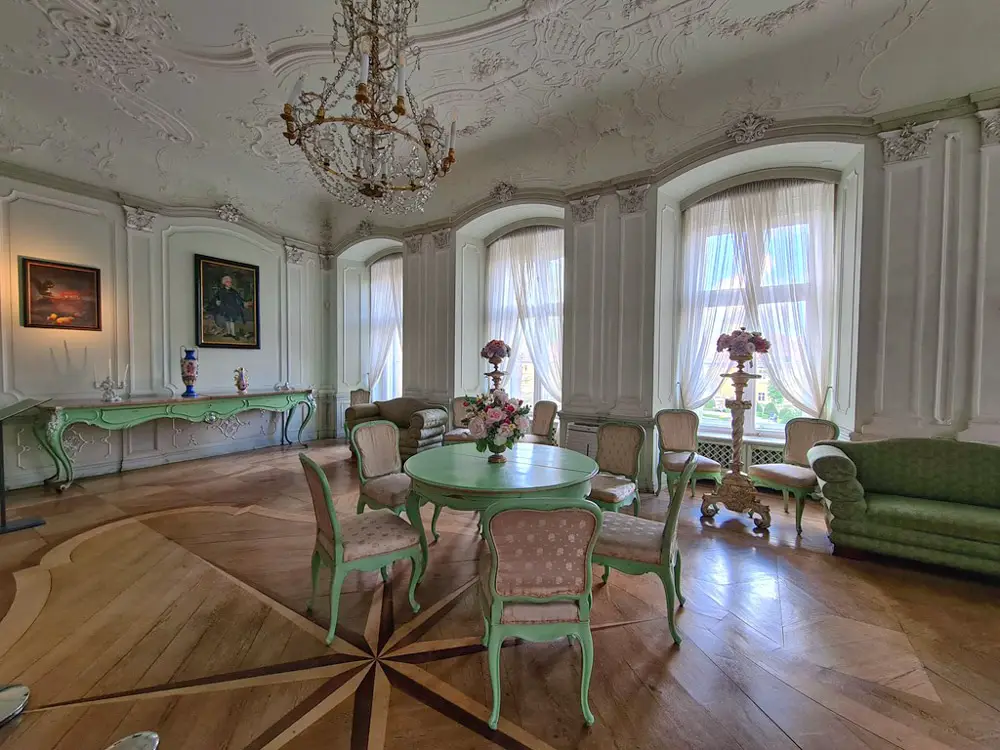
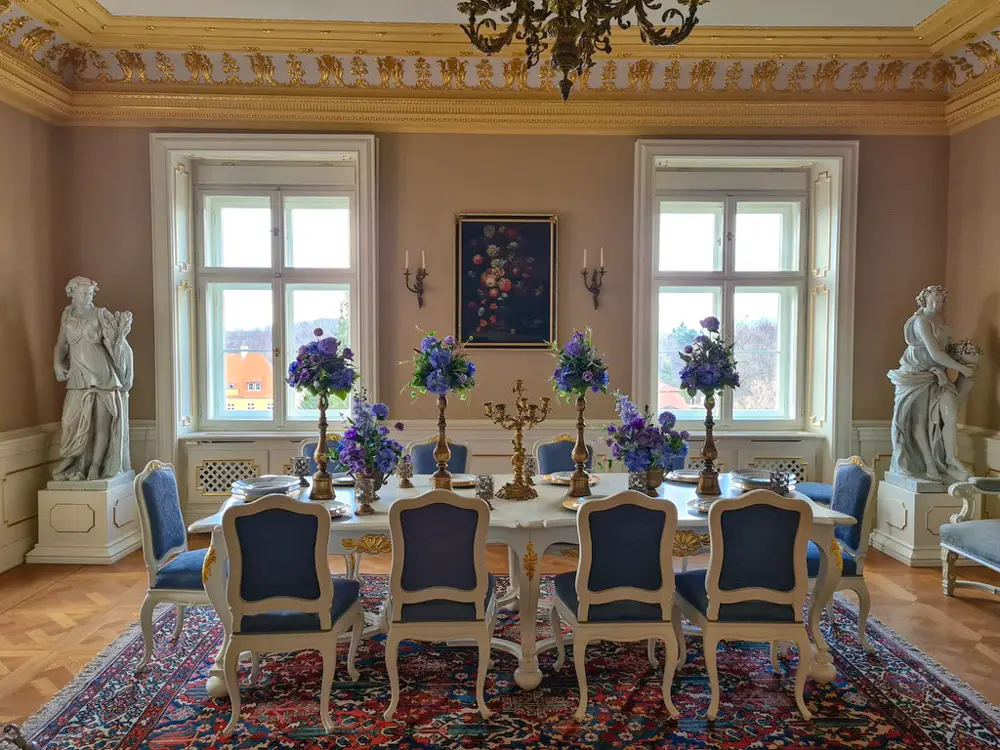
As a result of the economic crisis, the Lower Silesian estates belonging to the Hochberg’s fell into debt. Under the pressure of creditors, they left the castle, which became the property of the Weimar Republic (name of the German state from November 9, 1918 to March 23, 1933).
During the World War II the castle was taken by the Nazis when they invaded Poland. It was used as a military base, part of it was drastically destroyed, and its furnishings and valuables taken away.

n 1945-46, the Soviet army, stationed at Ksiaz, further damaged and destroyed the castle. More than 64,000 volumes of books from the Ksiaz Library collection were plundered, most of which taken away to the Soviet Union. The dramatic history of the castle continued in the following postwar years, when most of the rooms were vandalised by local residents.
In the 1950s the castle received the protection of the Provincial Conservator of Monuments, and the first renovation work began in the 1970s.
The Underground Tunnels of Ksiaz Castle
The underground tunnels under the castle were hollowed out at depths of 15 and 50 meters. They were created by the Nazis, which the function still remains a mystery. One of the version is that through these tunnels, Ksiaz Castle was to be incorporated into the Riese Project – a top-secret Nazi military compound hidden beneath the surrounding mountains. It was even rumored that they were going to be a shelter for Hitler or as a chemical and biological laboratory.
A large elevator was planned to be installed, probably providing the Führer’s personal vehicles, as evidenced by the connecting shaft dug to a depth of about 50 meters. The upper part was 25 meters long and 19 meters wide.
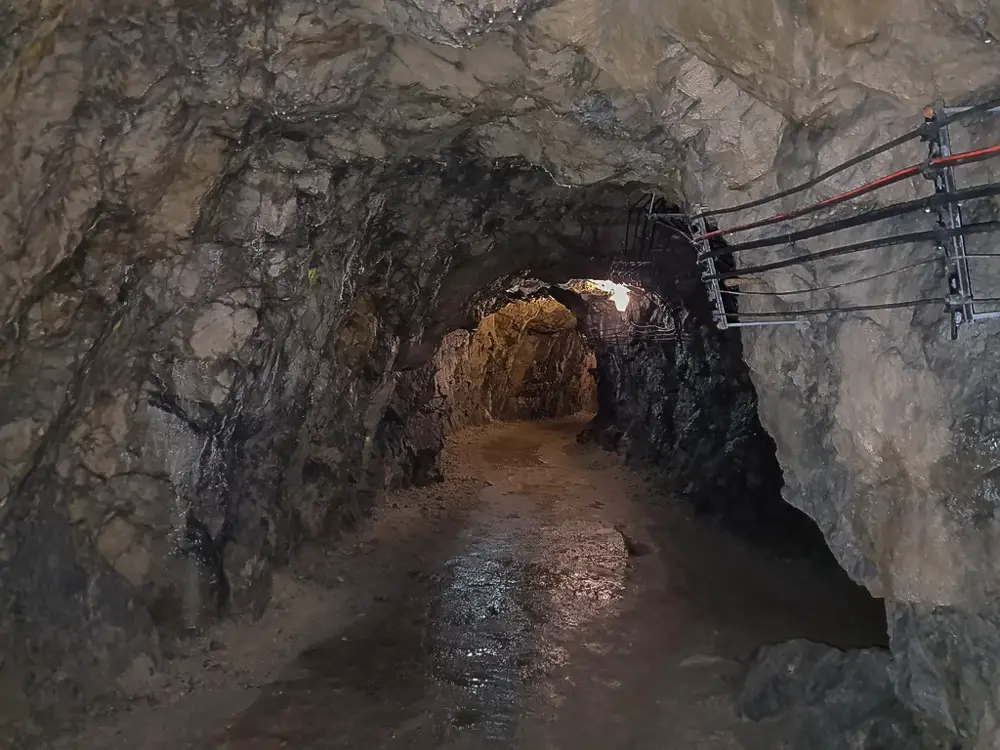
As the Red Army approached, many of the structures under the ground were destroyed, and the connecting tunnels were covered or even blown up.
Now the explored underground area exceeds 3000 square meters. According to historians, valuable exhibits from the castle, which disappeared in the turmoil of the war, were hidden in the covered corridors.

The underground tunnels are also available to the public. The tour is only about 35 minutes and features various audio and video installations. Unfortunately the underground tour is only in Polish.
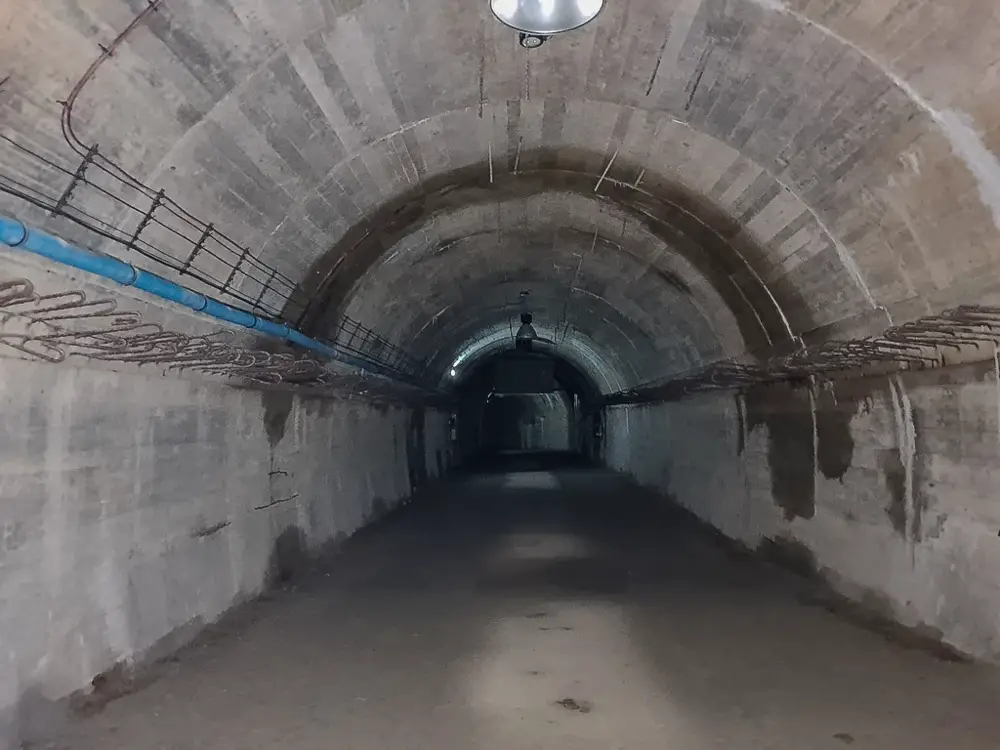
Project Riese
With the threat of allied air raids growing, in 1942 Hitler decided to build his new headquarters. His choice fell on Lower Silesia and the historic Książ Castle. It was also to be the headquarters of the Third Reich’s Foreign Ministry, with the nearby mines and factories continuing to fuel the German industry. All of this was to be connected with a system of vast underground tunnels and bunkers. The project received the cryptonym Riese (Giant in German). For this large project, prisoners of the nearby Gross-Rosen Concentration Camp were used to dig the tunnels in inhumane conditions.
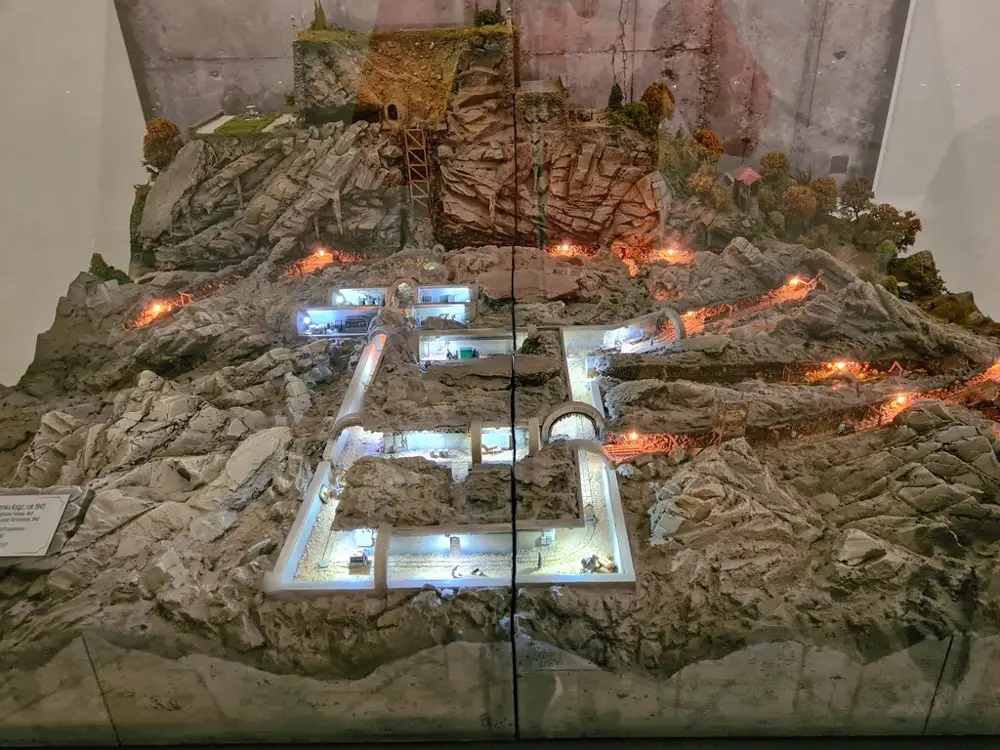
Palm House
The beautiful Palm House is located around 2 km away from Ksiaz castle. It was built on the initiative of Prince Hans Heinrich XV for his wife in the early 1900s. However, nowadays you can find over 250 plant species grown within the palm house from all over the world.
